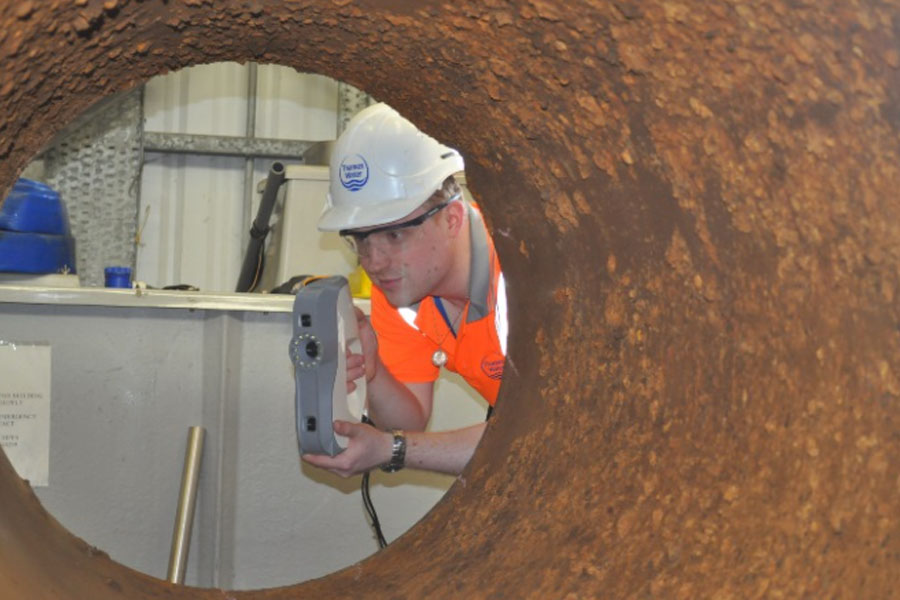
Thames Water is the largest water and wastewater service provider in the UK. For the past 15 years, their staff have been working hard to replace smaller power distribution trunks, but nowadays, large trunk trunks are getting more and more attention. The burst of just one of the main lines will cut off water for thousands of customers, cause severe floods and disrupt transportation routes.
Dr. Tim Evans, Water Network Innovation Manager, explained that the cost of replacing pipes is high, so we need to prioritize the most risky pipes. One of the major challenges facing cast iron is that the corrosion is uneven and it is difficult to detect corrosion. Traditionally, we assess the condition of the water mains by cutting the pipes short, sandblasting to remove corrosion, and then manually measuring the resulting crater. However, intercepting pipelines is destructive for customers and road users, and expensive for Thames Water.
The surface scanner helps Thames Water Company understand what different NDT tools can measure, and has used the Konica-Minolta Vivid system to draw corrosion maps in small diameter (4-8 inches) pipes.
However, this system is not suitable for pipes with a diameter of more than 18 inches. For large pipes, a handheld scanner is required. With the software supporting the 3D scanner, more detailed data analysis can be obtained.





